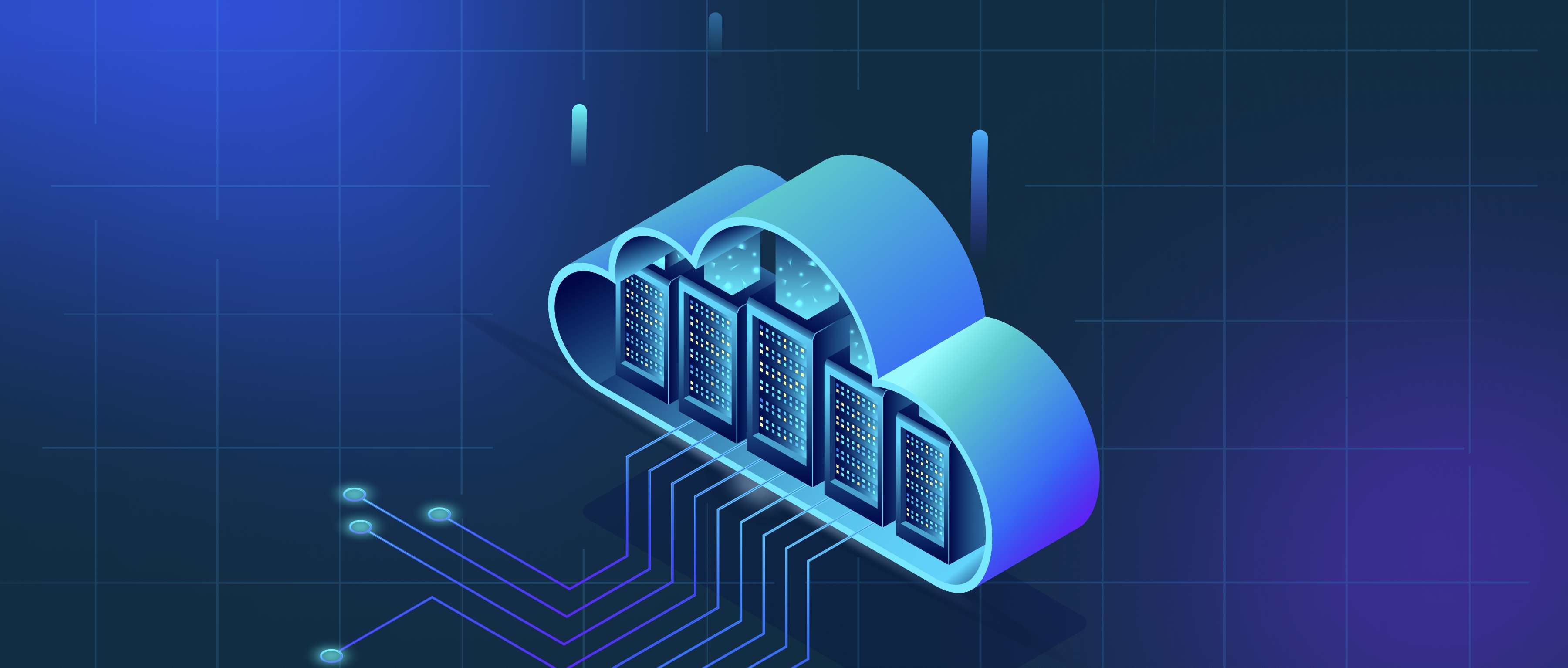When evaluating RAG (Retrieval-Augmented Generation) architectures, latency directly impacts their suitability for specific applications. Latency—the time from query submission to response delivery—determines whether a system can meet real-time requirements or is better suited for offline tasks. For example, a RAG pipeline using a large language model (LLM) like GPT-4 and exhaustive retrieval from a dense vector database may deliver high accuracy but take several seconds per query. This makes it impractical for a live chat application but acceptable for batch processing tasks like document summarization. Developers must prioritize either speed or accuracy based on the use case, as these factors often trade off against each other.
The trade-offs between latency and accuracy stem from architectural choices. For instance, using smaller LLMs (e.g., DistilBERT) reduces inference time but may sacrifice answer quality. Similarly, approximate nearest neighbor (ANN) search tools like FAISS accelerate retrieval compared to exact search but risk missing relevant context. Real-time applications, such as voice assistants, often require sub-second responses, forcing compromises like limiting retrieval scope or using cached results. Conversely, medical diagnosis tools might tolerate higher latency to ensure accurate, well-supported answers by using exhaustive retrieval and larger models. The retrieval method (keyword vs. semantic search), chunking strategies, and post-processing steps (e.g., reranking) also add latency and must be optimized for the target workload.
Balancing latency and practicality involves targeted optimizations. For real-time use, developers might implement hybrid retrieval (combining fast keyword lookup with limited semantic search), deploy smaller LLMs, or use caching for frequent queries. Asynchronous processing can offload heavy tasks (e.g., re-ranking documents) to background services. For accuracy-critical applications, techniques like query expansion or iterative retrieval improve results at the cost of added latency. Ultimately, the architecture must align with user expectations: a customer support bot needs speed, while a legal research tool prioritizes thoroughness. Profiling each component (retrieval, generation, post-processing) helps identify bottlenecks, allowing teams to make informed trade-offs without over-engineering the solution.
